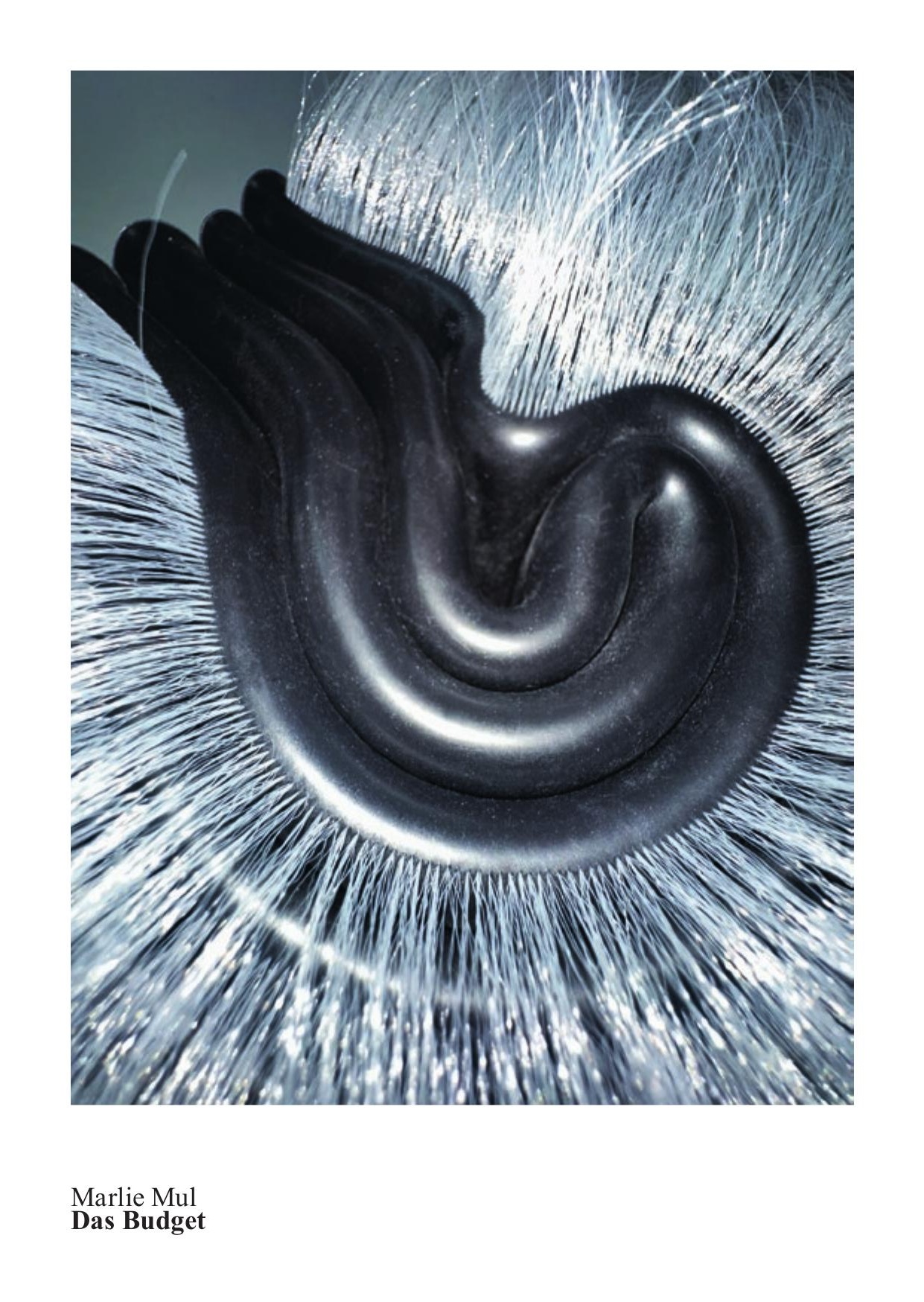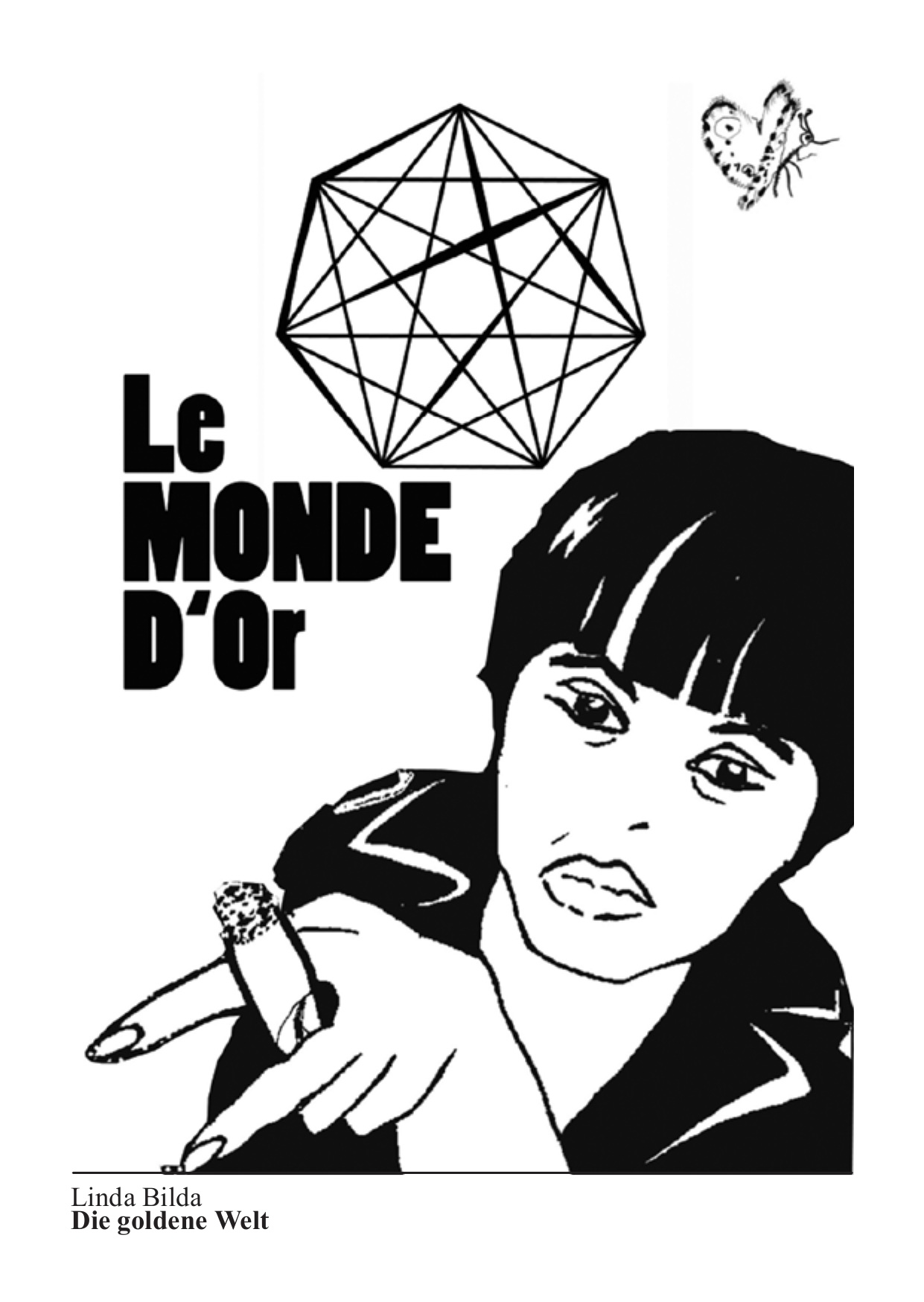8.9. – 18.11.2001
Angela Bulloch Z Point
The Canadian artist Angela Bulloch (b 1966, lives and works in Berlin and London) has achieved international recognition since the end of the 80s with a specific body of work, which treats the regularity and the structures of order pertaining to our past and present systems of living and centralizes the actions of the individual as seen in the fluctuation between manipulation and being manipulated and its projections onto these structures.
Parallel work groups, which do not continue to develop chronologically, which are dropped occasionally, in order to be picked up on another occasion, contain drawing machines reacting to movement, pressure, or sounds emanating from the public, paintings, photo series, video works, sound and light works, at times interactive and in other cases only giving the appearance of interactivity, and the “rules”, a series of texts where she lifts rules of conduct in various social areas from their context, in order to use them as instructions -- always hinting at the stretching of the rules in their formulations – which provide the image of societal structures.
Angela Bulloch’s works are generally characterized by an de-individualized-technical aestheticism or influenced by the technique utilized in each case (video, film, sound or image technique, etc.) Her works make use of images recognizable from our everyday experience or the “recycled” historical designs of the technologies she applies.
For her latest work group begun in 1999, Angela Bulloch, with the assistance of computer technicians and designers, especially developed a modular light mixing system, which enables a mixture of 1.6 million colors to be produced by means of tubes of luminous matter in the three screen colors red, green and blue. The individual color boxes consist of Plexiglas surfaces in a box illuminated from behind, lighting cubes, which the artist arranges in formations, towers, bars, and most recently complete “movie projection surfaces”. As with many of the artist’s other works, the programming of the color mix also varies here due to the interactivity of the installation with the movement, the presence of the public, mixed images, or computer images of slides that are not externally influenced. Angela Bulloch unite us with the aesthetics on the screen in these installations as she represents in a magnified version how digital images are organized.
Central in Angela Bulloch’s work is making the organization of realities as areas of action and systems accessible from within while she simultaneously presenting the constant flux of things through the projection of ideas and impressions onto objectively present places, things, and realities. The perception of the structures and the perception of this perception are for Angela Bulloch always the locality where the reorganization of reality can be articulated as a formulation of the individual.
In this manner she creates a concrete involution in her treatment of the theme seeing and making images visible through the combination of pixel works and film material from cinematic history: Beginning with “Blow Up TV”, 2000, and following with “Matrix”, 2001, and working up to the present for her exhibit at the Glarus Art Museum Z Point, she selects scenes which distinguished the central figures with respect to “their seeing”, their view. Whether in Blow Up (1966) where David spies on people in the park with his camera, or in Matrix, when Keannu Reaves’ impressions alternate between dream situations and real experiences beyond his imagination, causing him to acknowledge that reality and fiction can overlap, or in Z Point from which the artist chose the last scene as material, where the main character, Daria Halprin, imagines the real estate shark’s, Taylor’s, house explode in the desert. From eight minutes of film, Angela Bulloch extracts and “pixels” only one picture from the available 24 pictures usual for a second of film. Eight minutes of film are “digested” into the 460 pictures presented to the public from the last scene from Michelangelo Antonionis’s famous film “Zabriskie Point”, released in 1970. The result includes the tiniest elements of the image presented as color and light experience on a cinema size pixel screen containing 48 cubes, newly synchronized in image and sound concentrations, and conveying either exactly the anticipated picture or one quite different than expected. Which information from the picture can produce which meaning, which information evokes memories, and which projections enable the viewer to identify the pictorial worlds, are elements of these new action zones, which Angela Bulloch displays.

















